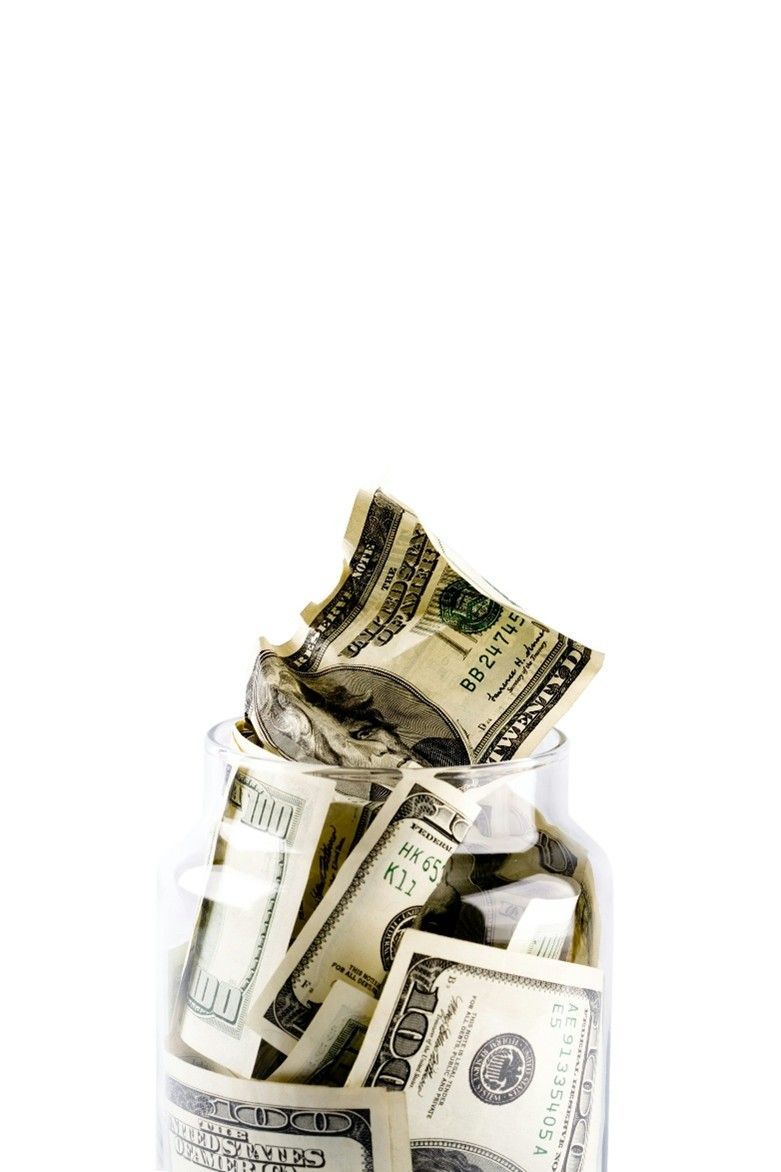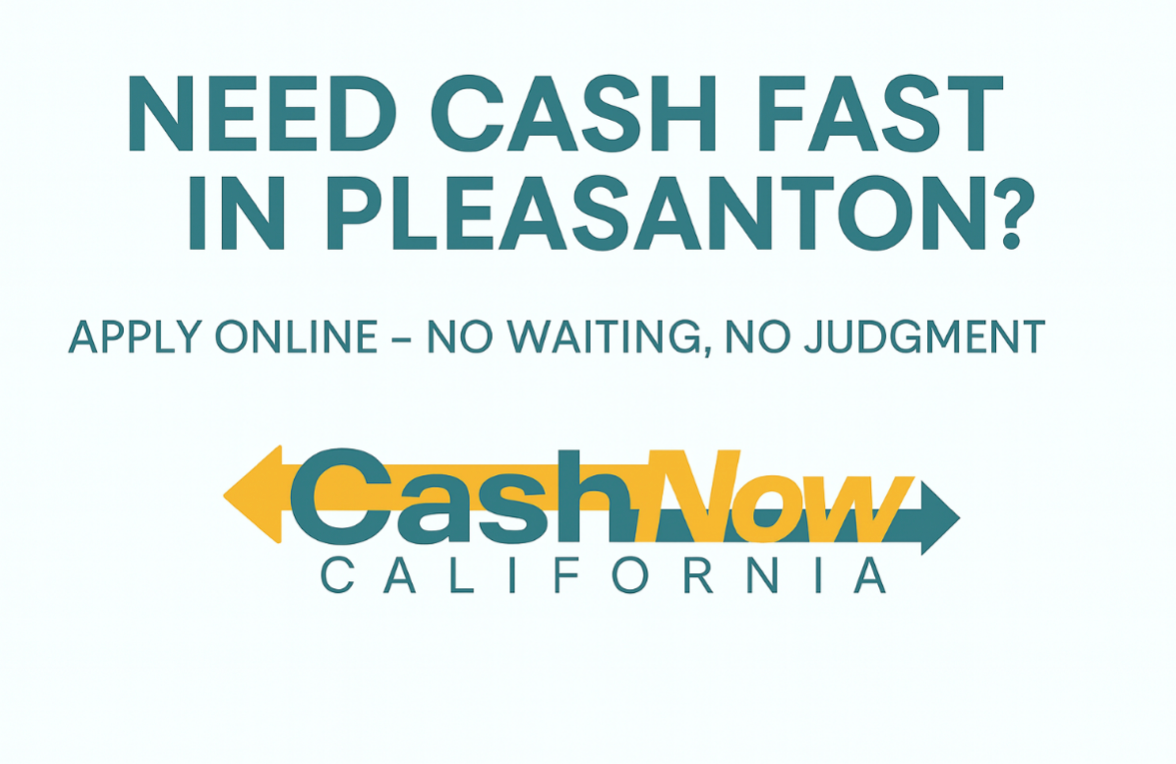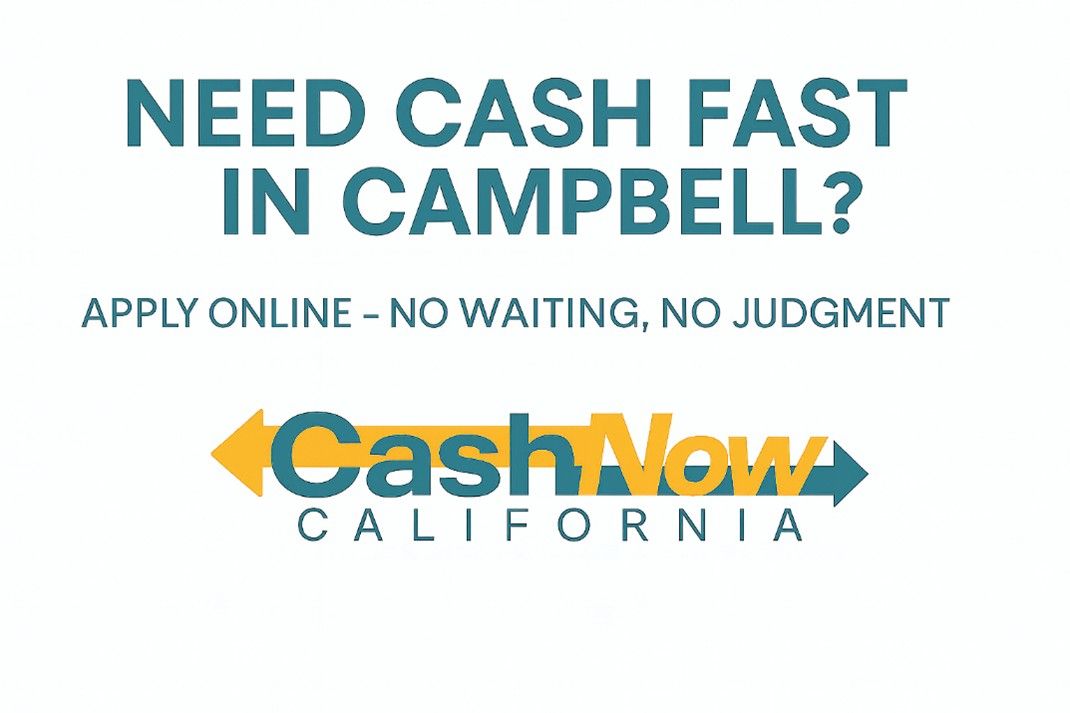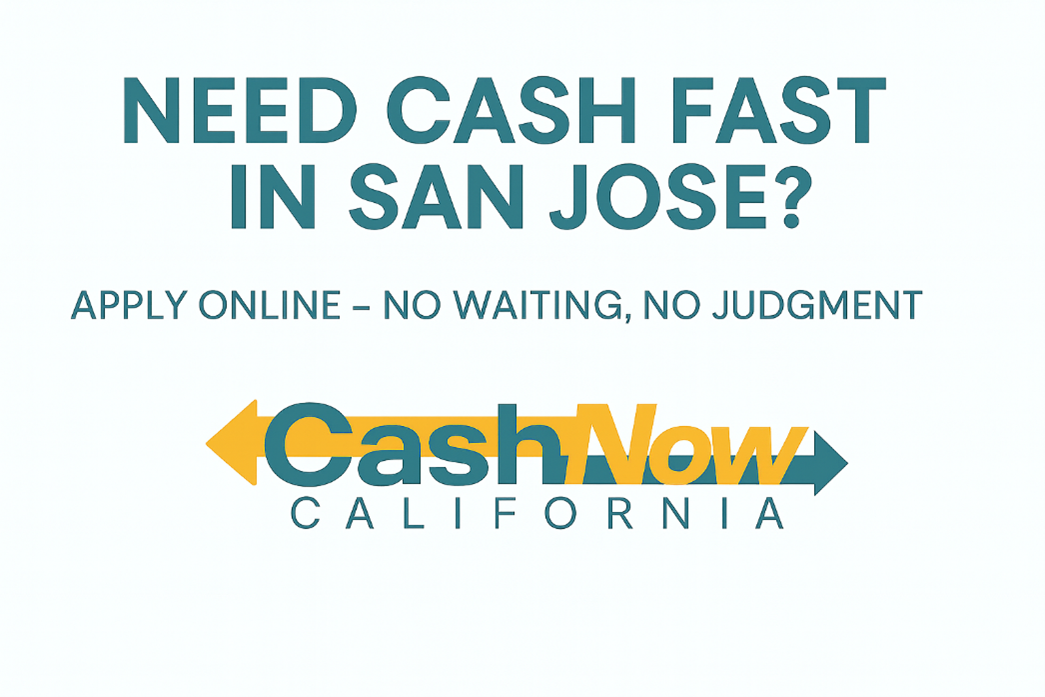Financial Literacy for Teens: Teaching Young Adults to Manage Money

Photo by Vitaly Gariev on Unsplash
Learning to manage money is one of the most important skills a teen can develop. In a world where credit cards, online shopping, and student loans are all too common, financial literacy is no longer optional—it's essential. At Cash Now California, we believe in starting early. Here's how we can empower teens with the knowledge they need to make smart financial decisions now and in the future.
Why Financial Literacy Matters for Teens
Teens today are growing up in an increasingly complex financial landscape. Many of them have part-time jobs, spend money online, and are just a few years away from major financial decisions like college loans or buying a car. Without the right tools, they can easily fall into bad habits.
Teaching teens about money management builds confidence and helps them:
- Budget their allowance or income
- Understand how credit works
- Avoid unnecessary debt
- Build healthy saving habits
- Make informed spending choices
Core Topics to Teach Teenagers
1. Budgeting Basics
Start by teaching teens how to create a simple budget. They should track income (from jobs or allowances) and expenses (like snacks, gas, or entertainment). Help them understand the concept of living within their means.
2. The Importance of Saving
Introduce the concept of short-term vs. long-term savings. Teach them to set aside a portion of what they earn for future needs or emergencies. A savings goal, like a new phone or concert tickets, makes the habit more engaging.
3. Understanding Credit and Debt
While most teens don’t have access to credit cards yet, it's crucial to explain how credit works. Discuss interest, late fees, and the risks of borrowing money irresponsibly. Help them understand how debt can accumulate and how it impacts credit scores.
4. Smart Spending Habits
Encourage teens to comparison shop, wait before making impulsive purchases, and distinguish between "needs" and "wants." Learning the value of a dollar is critical.
5. Banking and Checking Accounts
Introduce them to the basics of checking accounts, debit cards, and online banking. Explain how to deposit money, read bank statements, and avoid overdraft fees.
Tools and Resources for Teen Financial Education
- Budgeting Apps for Teens: Tools like Greenlight or BusyKid offer parental supervision while encouraging independent money management.
- Interactive Games: Websites like Practical Money Skills and Jump$tart Coalition offer free games and simulations to make learning fun.
- School Programs: Encourage schools to incorporate personal finance classes or offer after-school workshops.
- Books and Podcasts: Resources like "I Will Teach You To Be Rich" (for older teens) or "The Teen Investor" can make financial learning relatable.
Real-Life Practice: Give Them Responsibility
One of the best ways for teens to learn is by doing. Consider giving them a monthly budget for clothing, entertainment, or lunch. Let them make spending decisions—and learn from the consequences. It builds responsibility and independence.
Encourage Conversations About Money
Money should not be a taboo subject. Parents and guardians should have open discussions about bills, saving, and even financial mistakes. This transparency builds trust and allows teens to learn from real-life examples.
Final Thoughts
Financial literacy gives teens the foundation they need to build a strong future. By teaching them how to budget, save, spend wisely, and understand debt, we equip them with lifelong skills. At Cash Now California, we're passionate about supporting young adults in their financial journey. The earlier they learn, the better prepared they are to succeed.










